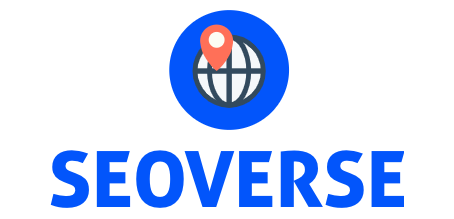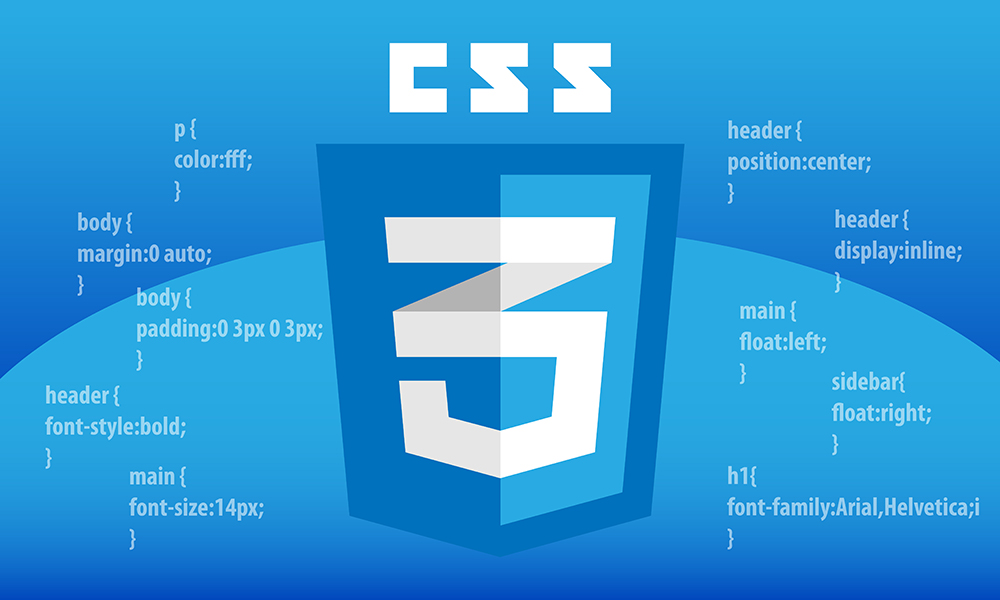CSS? What is it and why should I use it? If you are asking yourself this, then maybe we can help! CSS (Cascading Style Sheets) is a language used for describing the presentation of a document written in a markup language. It is used to control the layout and formatting of web pages written in HTML or XML. As a result, we developers can separate the presentation of a document from its structure, allowing for more flexibility and easier maintenance. It allows us to apply styles such as colors, fonts, and spacing to web designs, making them more visually appealing and user-friendly.
How to use CSS
We break down 10 ways to use CSS correctly when designing your website or trying to make some improvements. If you need more help with your project, then get in touch and see if SEOVERSE can take you to the next level.
- Reset to make sure that all browsers display your website consistently: A CSS reset is a set of CSS rules that erases the default styling of HTML elements, so you can start with a clean slate.
- Preprocessors like SASS or LESS: CSS preprocessors like SASS or LESS allow you to write more organized, maintainable, and reusable CSS code.
- Use Grid and Flexbox to create flexible and responsive layouts: Grid and Flexbox are powerful layout tools that allow you to create flexible and responsive layouts that adapt to different screen sizes and devices.
- Use variables to make your code more maintainable: variables allow you to store and reuse values throughout your CSS code, making it easier to maintain and update.
- Use transitions and animations to add visual interest: CSS transitions and animations can be used to add visual interest to your website, such as hover effects and animations.
- Use media queries to create responsive designs: CSS media queries allow you to create responsive designs that adapt to different screen sizes and devices.
- Use shorthand properties to save time and improve readability: shorthand properties allow you to write less code and improve readability by combining multiple CSS properties into one.
- Use specificity to ensure that your styles are applied correctly: CSS specificity is a mechanism that determines which styles are applied to an element when there are multiple conflicting styles.
- Use best practices to improve performance and maintainability: Follow best practices such as organizing your code into logical sections, using meaningful class and ID names, and minimizing the use of !important.
- Use development tools such as the browser developer tools, linting tools and CSS frameworks to improve your workflow and make your development more efficient.
SEOVERSE can help!
If your business needs a website design or redesign then why not get in touch for a chat. We can also optimise your website for both SEO (Search Engine Optimisation) and SEM (Search Engine Marketing). We’ll get your site ranked organically & get your PPC (Pay-per-click ads) channels up and running.

